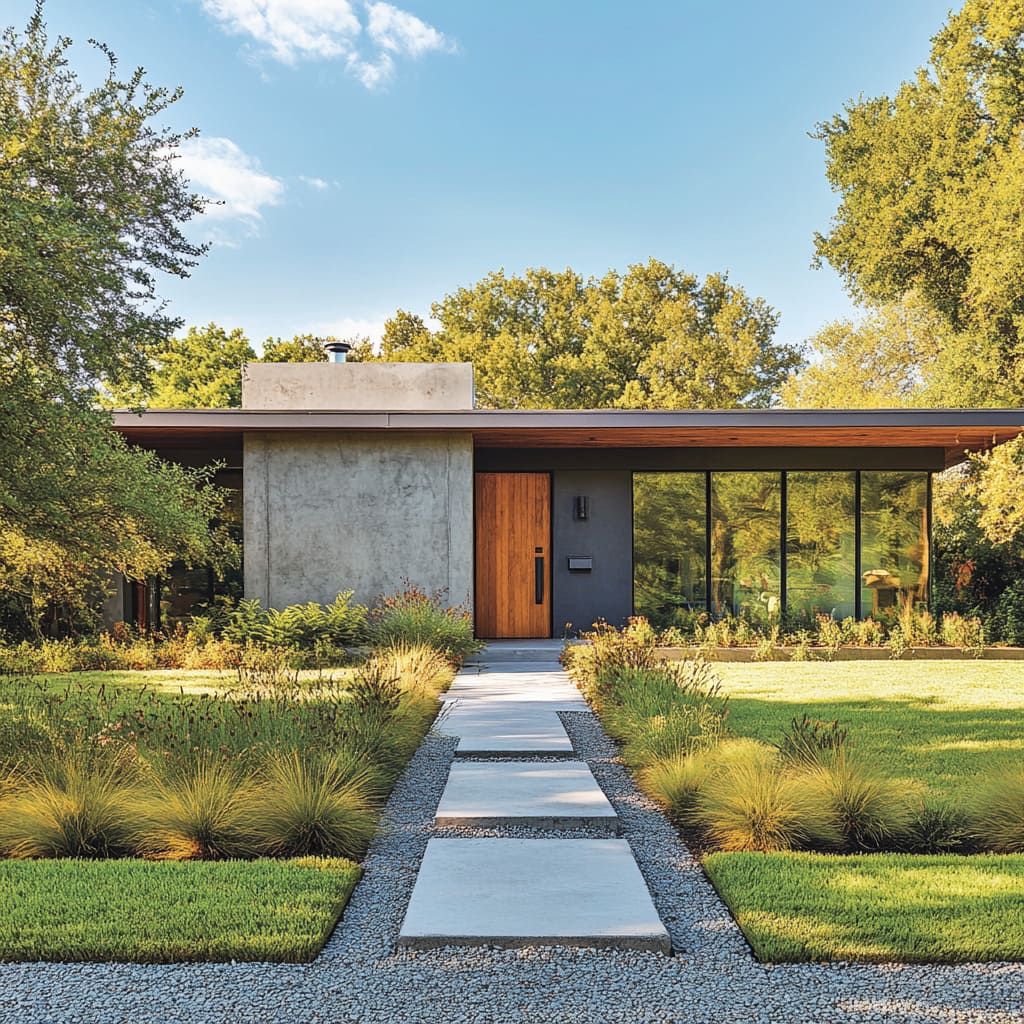Designing for Deep Work. Cultivating Focus, Creativity, and Mental Clarity.

Why Deep Work Needs Design. Cal Newport coined the term Deep Work to describe focused, distraction-free cognitive labor. But what no one tells you is: your floor plan matters just as much as your willpower.
1. Spatial Zoning for Focus. Open concepts are great for social gatherings. Horrible for productivity. At Enso, we integrate:
- Dedicated quiet rooms: isolated from kitchen or living areas, doors that actually close, and various locations. To help you move throughout spaces for different modes of inspiration, or interaction.
- Acoustic insulation: wool panels, clay plaster walls, and strategic furniture placement to dampen noise.
- View orientation: desks facing nature or artwork, never hallways of chaos.
- No harsh lighting: there’s a reason you feel fatigued leaving the office. Fluorescent and LED lights destroy your eyesight and your brain. More on that later :)
- Fun fact: Research shows that proximity to windows and natural scenes improves cognitive performance by up to 15%.
2. Materiality That Grounds. Sensory overwhelm kills focus. So, we eliminate it.
- Natural materials: wood, wool, stone – reduce cognitive load by regulating light reflection and tactile feedback
- Matte surfaces: eliminate visual glare that strains eyes over hours of work
- Temperature and airflow control: cognitive performance peaks in environments between 68-72°F with clean oxygen flow
- Cohesive palettes: a welcoming earthen color cocoon that signals to your brain “we are safe here” and opens up the floodgates for productive meetings and creative work.
3. Lighting for Cognition
- Circadian lighting: cooler light temperatures in the morning for alertness, warmer tones in late afternoon to wind down, red in the evening to signal it’s time for bed.
- Indirect task lighting: reduces retinal fatigue, improves focus duration
4. EMF + Noise Hygiene
- WiFi kill switches for off-screen work sprints
- Low EMF wiring designs to reduce cognitive fog (especially for electro-sensitive clients)
- Acoustic zoning: thickened entry doors, wool rugs, strategic partitions, wired speaker system for soothing binaural beats or EDM fueled crunch time.
5. Psychology of Arrival. Your focus starts before you sit down.
- Entry rituals: minimal clutter, intentional pathways, spaces that cue your brain into ‘work mode’ rather than domestic distraction.
- Dedicated transitions: separate work zone entryways or thresholds to create psychological delineation.
Focus isn’t just mindset. It’s architecture. It’s what happens when space, light, materials, and design align with intention. Your best ideas deserve more than willpower.
They deserve an environment built to birth them. ➔ Book a consult and let’s design your productivity haven.




%201.svg)




